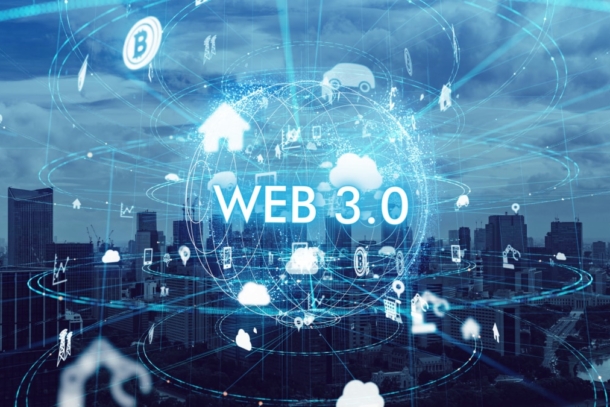Web 3.0 is the next generation of the internet, also known as the semantic web. Unlike its predecessors, Web 1.0 and 2.0, which primarily focused on content delivery and user interactivity respectively, Web 3.0 aims to build a decentralized and interconnected web of data, powered by artificial intelligence (AI), blockchain, and other emerging technologies. In this article, we will explore what Web 3.0 is, how it differs from the previous versions, and the base technologies behind it.
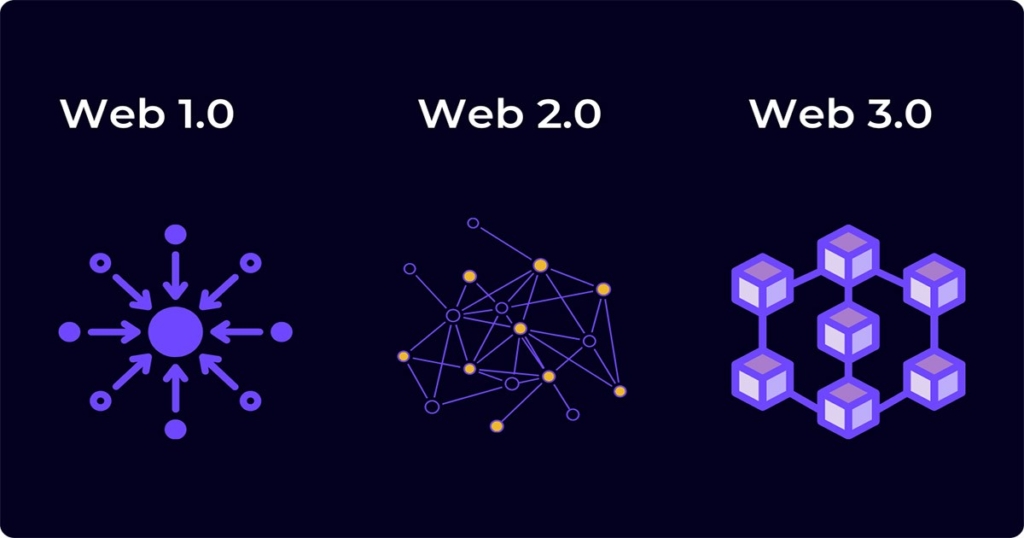
What is Web 3.0?
Web 3.0 can be defined as a network of smart, interconnected machines that facilitate the transfer of data and value without intermediaries. It is designed to enable decentralized applications (dApps) that can operate autonomously and without any central authority. Web 3.0 aims to create a more secure, transparent, and efficient web that is powered by emerging technologies such as AI, blockchain, and the internet of things (IoT).
Web 3.0 is also referred to as the semantic web, which means it is designed to understand the context and meaning of data. This is achieved through the use of metadata, which provides additional information about the data being processed. With the semantic web, machines can interpret and process data as humans do, leading to more accurate and meaningful results.
How is Web 3.0 different from other web versions?
Web 1.0 was characterized by static web pages that provided information to users without the ability to interact with the content. The focus was on content delivery rather than user interactivity. Web 2.0, on the other hand, introduced dynamic web pages that allowed users to interact with the content, leading to the development of social media, online marketplaces, and other collaborative platforms.
Web 3.0, however, goes beyond user interactivity and focuses on building a decentralized web of data that is powered by emerging technologies. The semantic web is designed to understand the meaning and context of data, enabling machines to process and interpret data as humans do. This leads to the creation of decentralized applications that can operate autonomously without intermediaries, leading to a more secure, transparent, and efficient web.
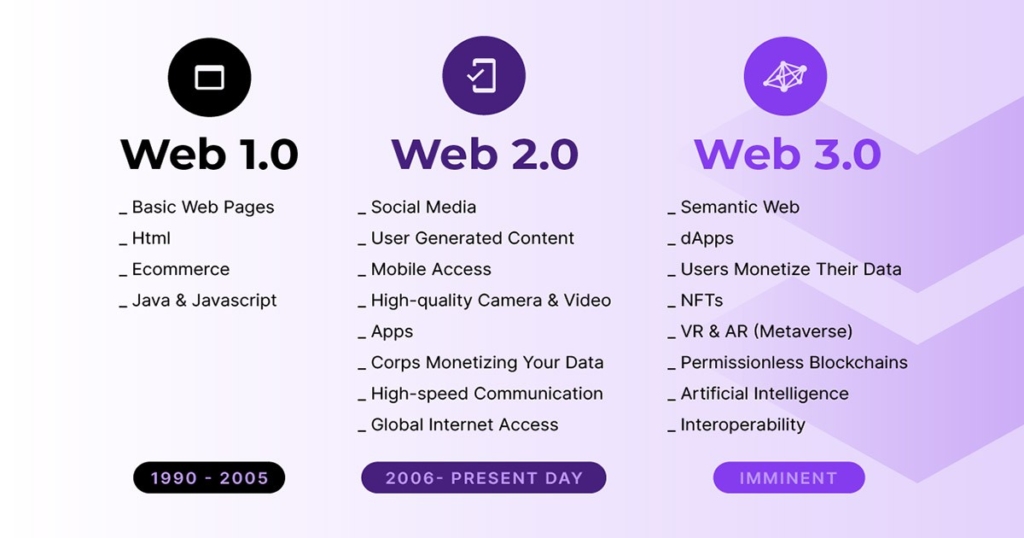
How does Web 3.0 work?
Web 3.0 is powered by several emerging technologies that work together to create a decentralized web of data. These technologies include:
- Artificial Intelligence (AI) – AI plays a critical role in Web 3.0 by enabling machines to interpret and process data as humans do. This leads to the creation of intelligent applications that can operate autonomously without any central authority.
- Blockchain – Blockchain is a decentralized ledger that enables secure and transparent transactions without intermediaries. It provides a secure and transparent platform for the exchange of value, leading to the development of decentralized marketplaces, social networks, and other applications.
- Internet of Things (IoT) – The IoT is a network of interconnected devices that can communicate with each other without human intervention. This leads to the creation of intelligent applications that can operate autonomously and without any central authority.
- InterPlanetary File System (IPFS) – IPFS is a peer-to-peer protocol that enables the distribution of large files without a central server. This leads to the creation of decentralized file-sharing applications that can operate without intermediaries.
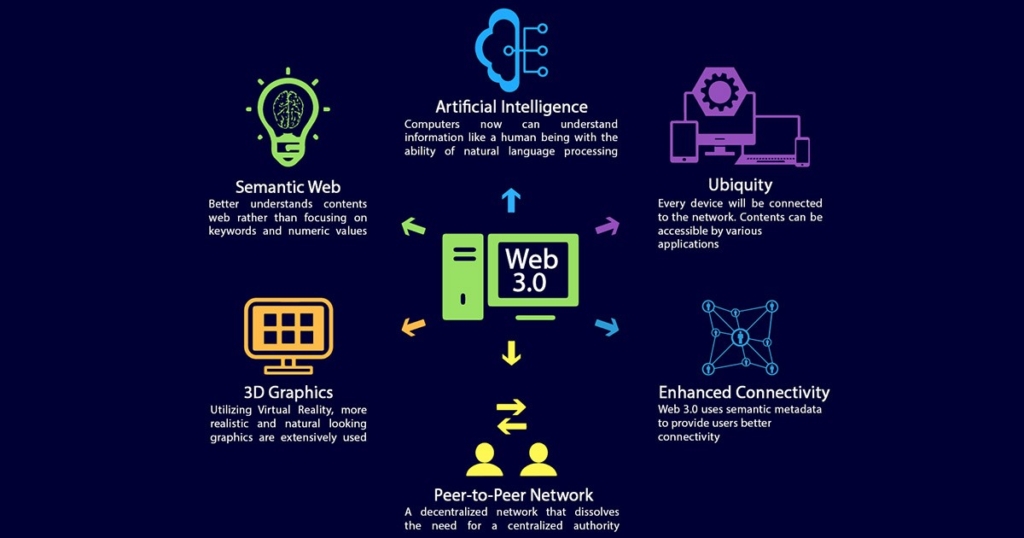
Base technologies behind Web 3.0
- Blockchain Technology : Web 3.0 relies heavily on blockchain technology, a decentralized and distributed ledger used to record transactions securely and transparently. Blockchain powers decentralized applications (dApps) that operate autonomously and without intermediaries. dApps are built on top of a blockchain platform, which provides a secure and transparent environment for users to interact with each other and exchange value without the need for a central authority.
- Smart Contracts : Smart contracts are self-executing contracts stored on a blockchain. They are coded with specific rules and conditions that are automatically executed when certain events occur. Smart contracts enable the creation of decentralized and transparent governance structures, leading to a more democratic and inclusive web. They also provide a secure and efficient way to automate complex business processes, such as supply chain management and voting systems.
- Artificial Intelligence (AI) : Artificial intelligence (AI) enables machines to interpret and process data in the same way that humans do. AI is used to analyze large datasets and provide personalized recommendations and insights to users. This leads to the creation of more accurate and meaningful results, providing users with a more personalized and relevant experience. In Web 3.0, AI is used to create intelligent applications that can operate autonomously and without any central authority.
- Internet of Things (IoT) : The internet of things (IoT) is a network of interconnected devices that can communicate with each other without human intervention. In Web 3.0, the IoT is used to create intelligent applications that can operate autonomously and without any central authority. IoT devices can be used to collect data on everything from weather patterns to traffic flows, leading to the creation of new services and applications that can help us better understand and interact with the world around us.
- Semantic Web : The semantic web is designed to understand the meaning and context of data, enabling machines to process and interpret data in the same way that humans do. The semantic web is powered by technologies such as natural language processing (NLP) and machine learning (ML), which enable machines to understand and process data in a more intelligent way. This leads to the creation of more accurate and meaningful results, providing users with a more personalized and relevant experience.
Exploring the Exciting Applications of Web 3.0 Technology
- Decentralized Social Media Platforms Social media platforms like Steemit and Minds.com are built on blockchain technology, which allows users to interact with each other and share content in a decentralized and transparent environment. These platforms provide users with more control over their data and content, and allow them to earn cryptocurrency rewards for creating and curating content.
- Decentralized Marketplaces Marketplaces like OpenBazaar and Bitify are built on blockchain technology, which enables buyers and sellers to interact with each other and exchange value without the need for a central authority. These marketplaces provide users with more control over their data and transactions, and allow them to buy and sell goods and services using cryptocurrency.
- Decentralized Finance (DeFi) DeFi is a growing movement that seeks to create a more decentralized and transparent financial system using blockchain technology. DeFi platforms like MakerDAO and Uniswap allow users to borrow, lend, and trade cryptocurrency without the need for a central authority. These platforms provide users with more control over their financial assets and transactions, and offer a more inclusive and accessible financial system for everyone.
- Smart Cities Smart cities use IoT sensors and data analytics to optimize city services and infrastructure. These technologies can be used to improve traffic flow, reduce energy consumption, and enhance public safety. Blockchain technology can also be used to create decentralized governance structures, which enable citizens to participate in decision-making processes and hold officials accountable.
- Personalized Healthcare Personalized healthcare platforms use AI and machine learning to analyze health data and provide personalized treatment plans. These platforms can help patients and doctors make more informed decisions about their health, and can improve outcomes by tailoring treatments to individual needs. Blockchain technology can also be used to secure health data and ensure patient privacy.
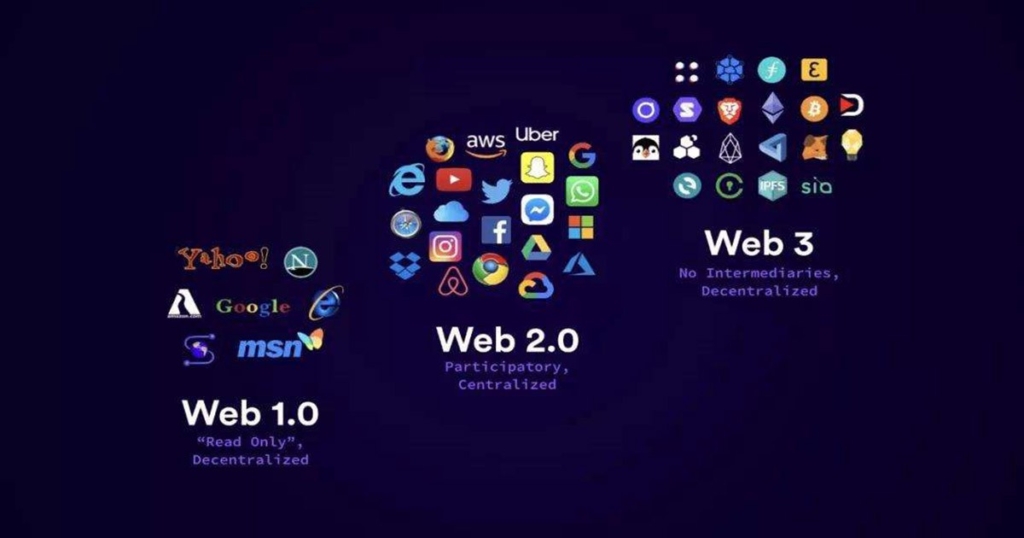
These are just a few examples of how Web 3.0 technologies are being used today. As these technologies continue to develop, we can expect to see even more innovative applications that transform the way we live, work, and interact with each other.

